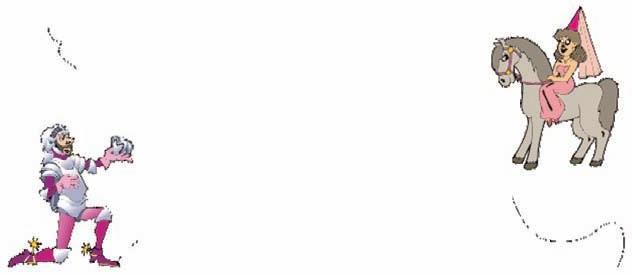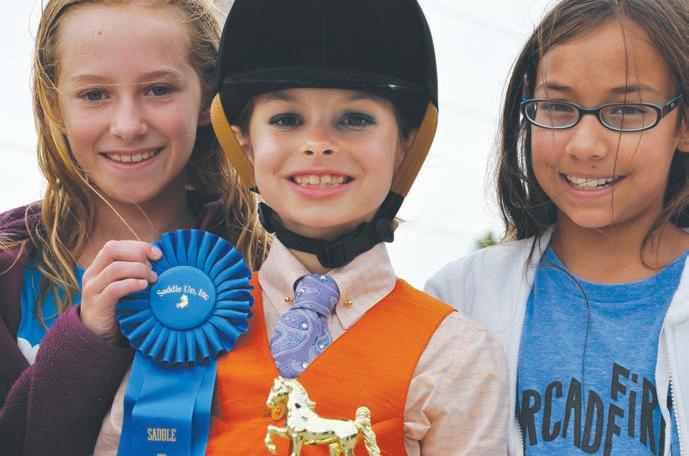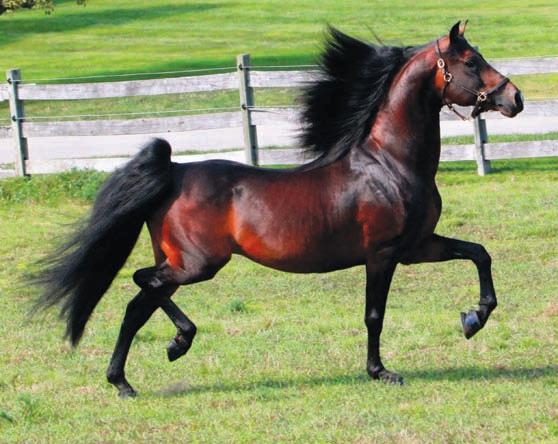
2 minute read
Waiting for My Hay
STRAIGHT FROM THE HORSE’S MOUTH Waiting for My Hay...
Goldie gives riders a lesson in the importance of correct diagonals.
Advertisement
Since this is my first column, perhaps I should spend a few minutes introducing myself. I’ll tell you who I am, since some of you may see me trotting around the ring on a regular basis.
The Riding Instructor calls me Heart of Gold, but you can call me Goldie. I’m here to give you some exclusive insider information. Surprisingly, not many people take the time to talk to me, even though I am clearly the most well-informed expert in the place. I want to help you join in conversations with your Riding Instructor and Trainer. If you read this, you’ll be an expert in no time. You will see I have written some words in bold. No, my hooves did not get in the way of my typing. These bold words are to help you understand horse people when they talk and hopefully help you add your two cents. I’ve got time to help you.
Stick with me and we’ll go far. Plus, I’m waiting for the hay wagon, so I’ve got a few minutes to kill…
Photo: Karen Robertson
DIAGONAlS
Believe me when I tell you I have heard this word more than any other in my career as a lesson horse. By the time most riders realize that diagonals are a win-orlose situation, it’s too late to ask what, exactly, a correct diagonal is. Let me begin by stressing that diagonals are of the utmost importance. It is one of the first thing English riders learn, so by the time they go to a show, they should have diagonals down.
Now, what on earth is a diagonal? Well, when I am walking, riders just sit. But when the Riding Instructor says to trot, I pick up the pace and you riders start to go up and down. This is called posting. Posting is crucial in English riding because most English horses are quite bouncy when they trot. You have two choices: post or bounce all over the place. Kind of a no-brainer. Western riders don’t have to worry about such things because those horses are slow and not nearly as bouncy as we English horses are.
When I walk, each leg moves individually and at a pretty slow pace. Even if I get a bit too excited and start to prance, I don’t get too bouncy until I move into a full-fledged trot. Remember what happens when I start to trot? You start to post because I make it too bouncy to sit. The reason I get bouncier is not just increased speed, but mainly because instead of moving each leg separately, I move two at a time. I move my left front leg simultaneously with my right back leg, and then switch. And switch. And… Okay, I think you have the idea.
Diagonals are used to help me balance when I go around the corner. Sure, I’m huge, and riders can be quite small, so it may seem as if it shouldn’t matter how you post, but it does! It shows the judges that you are knowledgeable enough to be on the correct diagonal. Posting on the wrong diagonal is still posting, but it is wrong!
Okay, so I vented a bit about the wrong diagonal. How can you tell if you are on the correct diagonal or not? This is where it gets a bit tricky.
by Christy Chajon, Contributor









